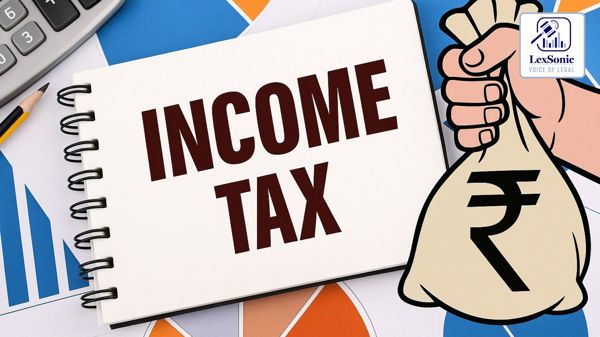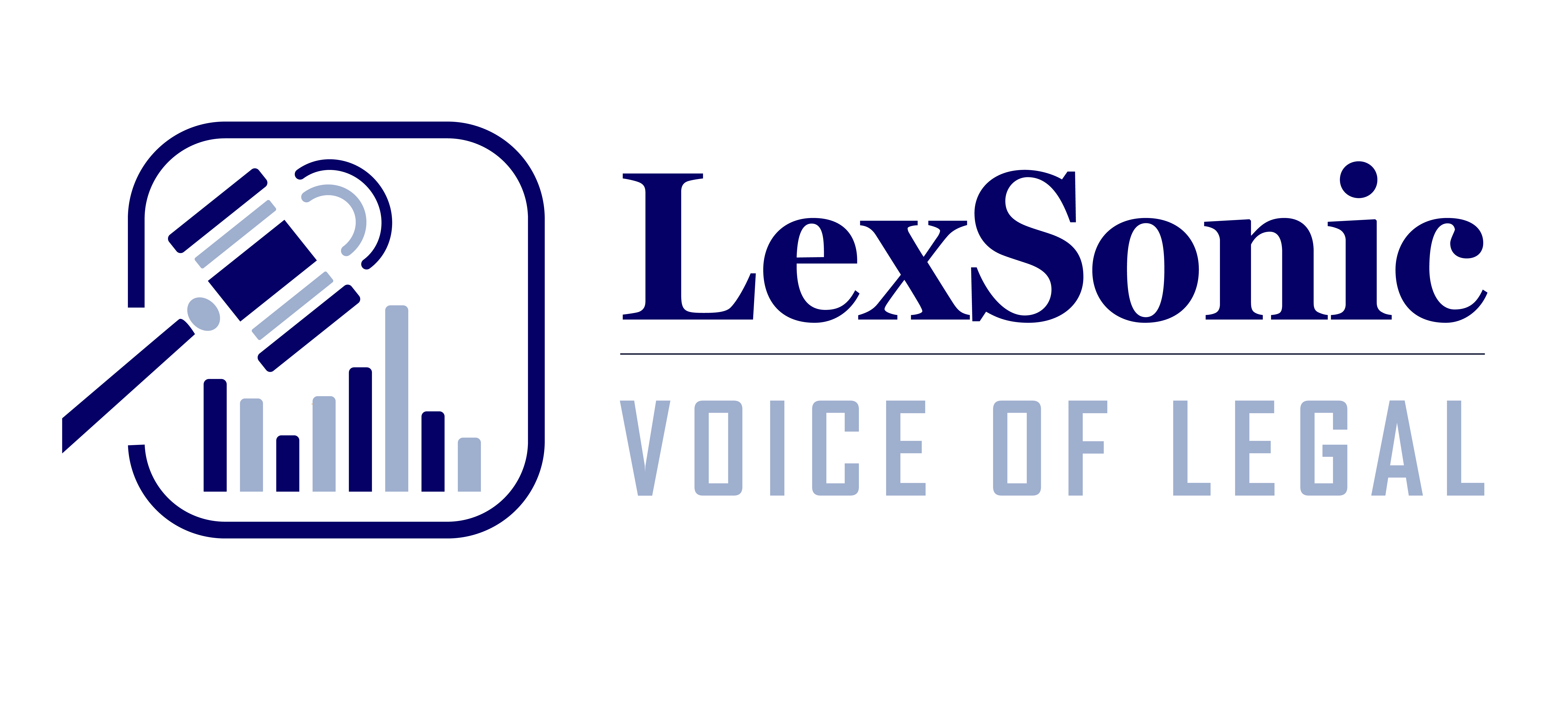Bogus Purchases: Bombay High Court Upholds 100% Disallowance, Criticizes ITAT's Approach.
07 April 2025
Income Tax >> Tax Laws
In a significant ruling of Pr. Commissioner of Income Tax-12, Mumbai v/s M/s. Drisha Impex Pvt. Ltd., Mumbai., concerning the treatment of bogus purchase transactions, the Bombay High Court has set aside the order of the Income Tax Appellate Tribunal (ITAT) and upheld the Assessing Officer's (AO) decision to disallow 100% of the alleged bogus purchases made by an electronic goods trader. The appeals, filed by the Revenue for Assessment Years 2009-10 and 2010-11, challenged the ITAT's order which had restricted the disallowance to a mere 3% of the peak purchase amount identified as non-genuine.
The core issue before the High Court revolved around whether the ITAT, after acknowledging the purchases as bogus due to the assessee's failure to prove their genuineness, could then proceed to estimate a profit rate instead of confirming the complete disallowance. The court firmly answered in the negative, emphasizing that once purchases are deemed bogus, the entire expenditure lacks substantiation and cannot be allowed as a deduction.

Background of the Case:
The respondent-assessee, engaged in trading electronic items and toys, had its income tax assessment reopened based on information suggesting that purchases from certain parties were not genuine. During the assessment proceedings, the AO noted several critical deficiencies: the assessee could not produce audited books of accounts, failed to provide addresses or produce the alleged suppliers, claimed loss of crucial accounting data, and admitted to incurring no incidental expenses related to these significant purchases. Summons issued to the suppliers were also returned undelivered. Consequently, the AO added Rs. 6,15,71,284/-, representing the peak of these suspicious purchases, to the assessee's income.
The Commissioner (Appeal) provided substantial relief, restricting the disallowance to just 1% of the bogus purchases. However, the ITAT, on the Revenue's appeal, increased this disallowance to 3%, reasoning that while the assessee failed to prove the purchases, the sales turnover was not disputed, payments were through banking channels, and the profit rates showed no abnormal variations. The ITAT speculated that the purchases might have been from the "grey market" and estimated a 3% profit element embedded within.
High Court's Observations and Ruling:
The Bombay High Court strongly criticized the ITAT's approach. Justices G.S. Kulkarni and Jitendra Jain, presiding over the bench, highlighted that the ITAT's own finding that the assessee had failed to discharge the primary onus of proving the purchases had become final as it was not challenged by the assessee. Similarly, the finding that the assessee failed to produce audited accounts and quantitative details also stood unchallenged.
The court found the ITAT's justification for restricting the disallowance to 3% based on a supposed "grey market" purchase to be "perverse and erroneous." Notably, the assessee's own counsel admitted that such a plea was never presented before any of the tax authorities. The High Court expressed surprise that the ITAT would introduce and build a defense for the assessee that was never even argued.
The bench reiterated that the core issue was the genuineness of the purchases. Once the Tribunal concluded they were bogus, there was no basis for estimating a profit margin. The court emphasized that the assessee had failed to provide any credible evidence to substantiate the purchase transactions. The absence of supplier confirmations, verifiable addresses, proper books of accounts, and the inability to explain the lack of incidental expenses all pointed towards the non-genuine nature of these transactions.
The High Court also rejected the assessee's argument regarding the lack of evidence of cash flowback, stating that the failure to provide supplier bank statements prevented the Revenue from investigating this aspect. The plea regarding the denial of cross-examination was also dismissed as it was not raised during the assessment proceedings or before the Tribunal.
Furthermore, the court clarified that while Section 69C of the Income Tax Act, dealing with unexplained expenditure, was not explicitly invoked, the essence of the provision – the non-allowability of unexplained spending – was the subject of the assessment proceedings. The court held that the failure to quote a specific provision does not invalidate the action if the underlying power and authority exist.
Relying on precedents from the Bombay High Court itself (in the case of Kanak Impex) and other High Courts, the bench emphasized that when purchases are found to be bogus, the entire amount is liable to be disallowed. The court found the ITAT's speculative reasoning and the significant reduction in disallowance to be legally unsustainable.
Conclusion:
In a decisive blow to assessees attempting to claim deductions for unverifiable purchases, the Bombay High Court reversed the orders of the Commissioner (Appeal) and the ITAT, restoring the Assessing Officer's original addition of the entire peak amount of bogus purchases to the assessee's income. The court answered the substantial questions of law in favor of the Revenue, underscoring the importance of diligently proving the genuineness of business expenditures and criticizing the ITAT's approach of estimating profits on transactions deemed to be bogus. This ruling serves as a strong precedent, reinforcing the principle that unsubstantiated purchases cannot be allowed as deductions under the Income Tax Act.
Section 69C, Income Tax Act - 1961
